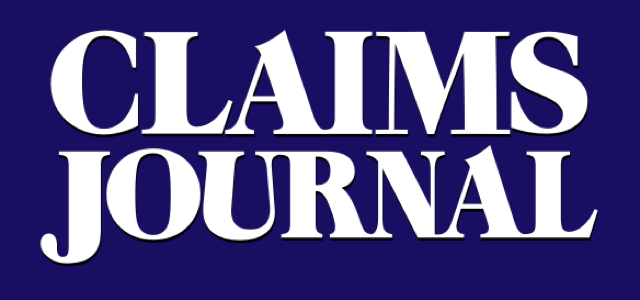The U.S. auto claims and collision repair industry began showing signs of stabilization in the second quarter, according to a new report.
While CCC’s Crash Course report for second quarter points to “continued headwinds in the casualty space,” it notes that key indicators “across both segments reflect improved underwriting results, easing cost pressures in some areas, while ongoing concerns around loss severity and social inflation continue.”
“At the same time, the broader economic environment remains uncertain, with potential tariff impacts and other global trade dynamics introducing new cost and supply chain pressures that could affect repair costs and claims handling in the months ahead,” the report states.
Personal closed 2024 with a 95.3% net combined operating ratio, marking a 9.6-point improvement year-over-year, the report notes.
Commercial auto finished 2024 with a 107.2% combined ratio. That was a 2.1-point improvement year-over-year, but the line is expected to remain unprofitable through 2026, according to the report.
The industry also saw a motor vehicle insurance cost increases begin to moderate: as of April, the Consumer Price Index for auto insurance rose 6.4% year-over-year, a noteworthy slowdown compared with the 22.6% increase reported in April 2024.
“Improved underwriting results and loss costs are likely contributing to this trend,” the report states. “Despite these gains, total loss frequency is trending upward. Through April 2025, 22.6% of all losses – and 23.5% of non-comprehensive losses – were declared total losses, a 0.9-point increase year-over-year.”
According to the report, contributing factors to these trends include declining used vehicle values, shifting vehicle age mix and lower claims volumes.
Adjusted vehicle values are down 2.0% year-over-year, averaging $13,445, according to the report.
“Repairers are adjusting to these shifts with mixed results. While overall claims volume remains below pre-pandemic levels, improved insurer performance has helped stabilize workstreams and provided some predictability in demand. However, margin pressure persists.”
Technician shortages are keeping labor costs elevated amid, and shops are dealing with parts availability issues, especially for newer and ADAS-equipped vehicles.
The increasing complexity of repairs is reflected in calibration procedures, appearing on over 31% of direct repair estimates in the first quarter, up from 23.9% a year ago. That is also adding time and cost to the repair process, according to the report.
Casualty claims continue to be a pressure point for the insurance industry, with claims frequency in bodily injury and uninsured/underinsured motorist on the rise, despite personal injury protection and auto property damage frequencies falling, according to the report.
BI claims account for less than 25% of all PD claims, but they represent 51% of total indemnity dollars paid. Social inflation is playing a larger role in loss costs, as nuclear verdicts in all liability lines increase in frequency and size.
Was this article valuable?
Here are more articles you may enjoy.

 Abbott Presses Congress for Shield Over Preemie Baby Formula Litigation That Could Cost It Billions
Abbott Presses Congress for Shield Over Preemie Baby Formula Litigation That Could Cost It Billions  NYT Asks Judge to Dismiss Trump’s ‘Implausible’ Defamation Suit
NYT Asks Judge to Dismiss Trump’s ‘Implausible’ Defamation Suit  Wells Fargo Sued by Ex-Manager Who Said Bank Faked Diversity
Wells Fargo Sued by Ex-Manager Who Said Bank Faked Diversity  Trump Sues BBC for $10 Billion Over Documentary Edit
Trump Sues BBC for $10 Billion Over Documentary Edit 